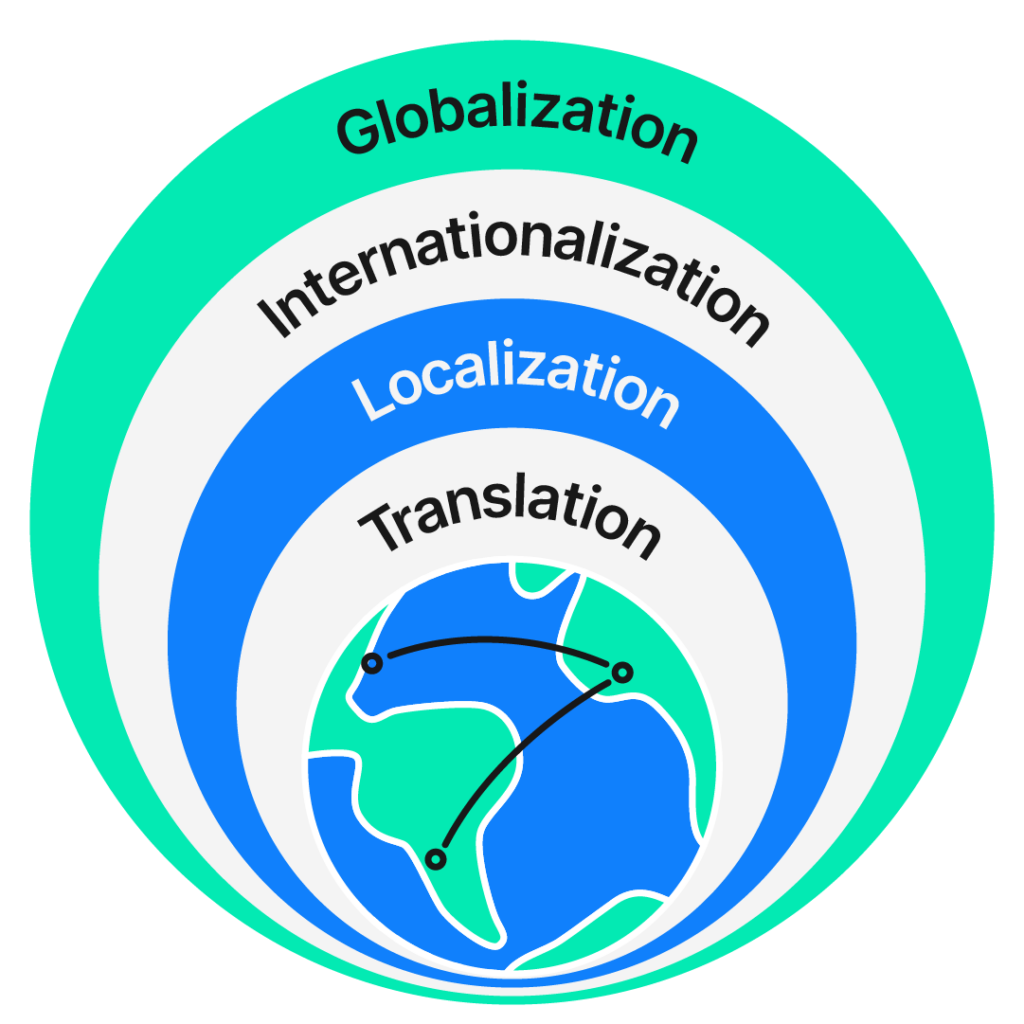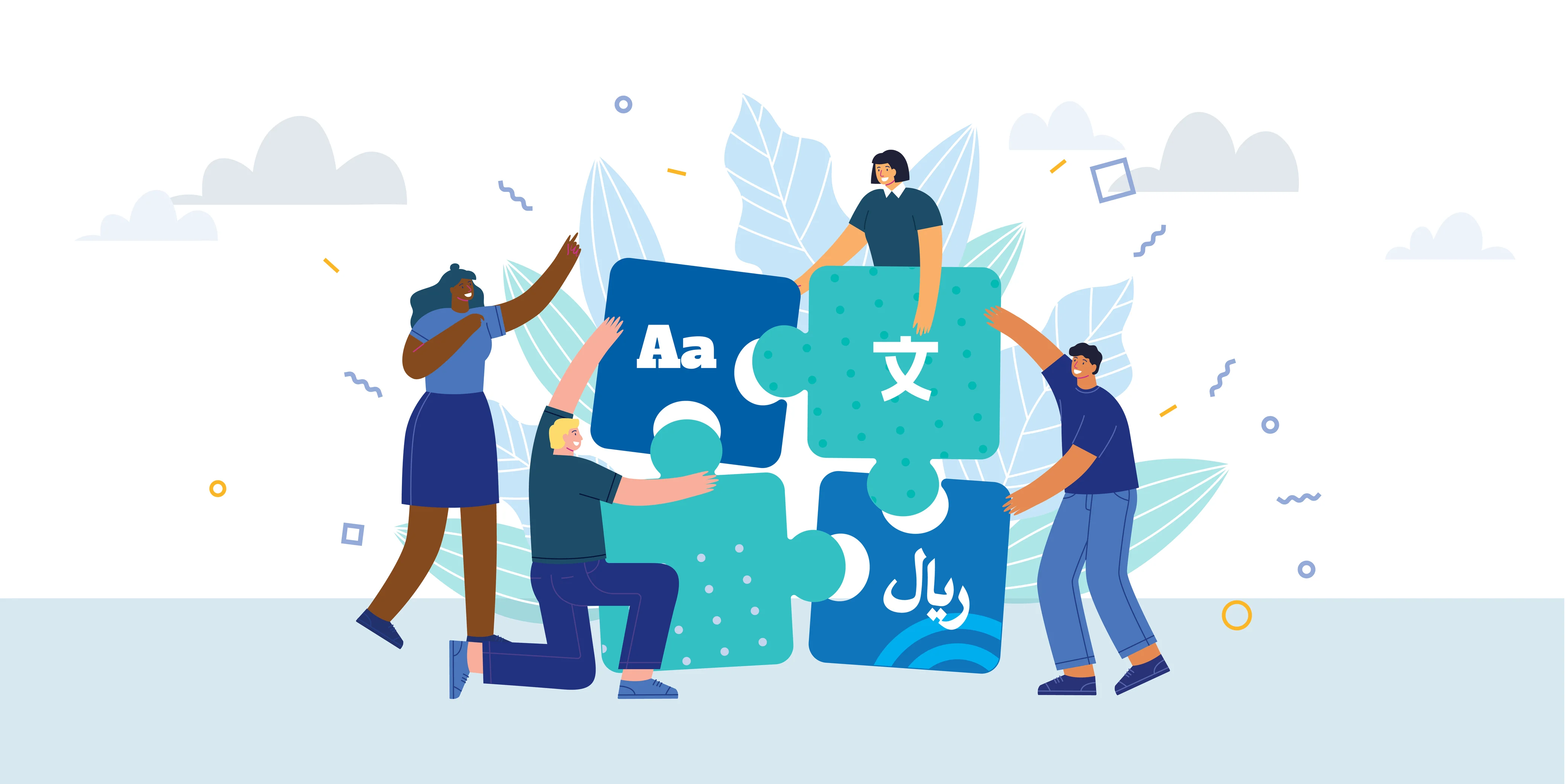In today’s interconnected world, bringing your product or brand to new markets is not just about translating text—it’s about making every element feel truly local. That’s where multimodal localization comes in, powered by AI advancements that go far beyond what traditional workflows could ever offer.
What is Multimodal Localization?
Multimodal localization means adapting every piece of your digital experience for new audiences, leveraging advanced AI to handle not only:
- Text: Embedded copy, CTAs, product names, FAQs.
- Images: Banners, product visuals, screenshots with overlaid text.
- UX elements: Interface cues, buttons, tooltips, and onboarding flows.
- Metadata: Alt text, SEO tags, and visual search optimization.
Why does this matter? Because a global audience isn’t just reading your words—they’re experiencing your brand visually, emotionally, and contextually.
Why AI Localization Leads in 2025
Modern AI localization platforms, like Loxalize, automatically detect, sort, and localize every layer of your visual and text content. The advantages are dramatic:
- Unparalleled Speed: Replace days of manual design with minutes of AI-powered automation. Batch process hundreds of assets simultaneously.
- Precision and Consistency: Translating isn’t enough. Local nuance, cultural references, color symbolism, and design standards matter for each new region.
- On-Brand Every Time: Your voice, your look, your logo—AI ensures nothing gets lost even as words, images, and layouts shift per locale.
The New AI-Powered Workflow
- Source Smart Design Files: Start with editable, layered artwork (PSD, SVG, Figma) and avoid baked-in or flattened assets.
- Define Rules with “Do Not Translate” Lists: Lock-in product names, slogans, or legal language to maintain global brand coherence.
- Batch & Preview: Use Loxalize to run hundreds of images or UI components at once—then review context in-browser before approving final exports.
- Test Across Devices & Languages: Don’t assume every translation ‘fits.’ Languages like German and Japanese will stress test your design; always check mobile and desktop experiences in your 2–3 biggest target markets.
- SEO for Every Locale: Go beyond visuals. Loxalize auto-generates alt text, localized file names, and schema tags so Google and AI search engines index your content—no matter the target language.
Next-Gen Use Cases
- E-commerce: Product images instantly translated for European, Asian, and Middle Eastern catalogs—no manual Photoshop edits needed.
- Software & SaaS: Onboarding flows, UI tooltips, and help imagery fully localized for each launch market.
- Gaming: UIs, in-game screenshots, and promotional assets tailored for Japanese, Korean, and Western markets with a single click.
Analytics and Continuous Improvement
AI localization platforms aren’t just about translation—they deliver actionable insights:
- Which visuals perform best in which regions?
- Are certain layouts or colors boosting conversions in specific locales?
- How does user engagement change after launching localized assets?
Leverage these insights with Loxalize’s built-in analytics and push your results even higher.
Conclusion: Go Global, Stay Local
Multimodal, AI-powered localization is now a must-have for ambitious brands, indie developers, and SaaS teams aiming for real growth.
Ready to future-proof your visuals and workflows? Try Loxalize today and experience how effortless global expansion can be when every image, every message, and every user interaction is in the right language—and the right context.


.png)

